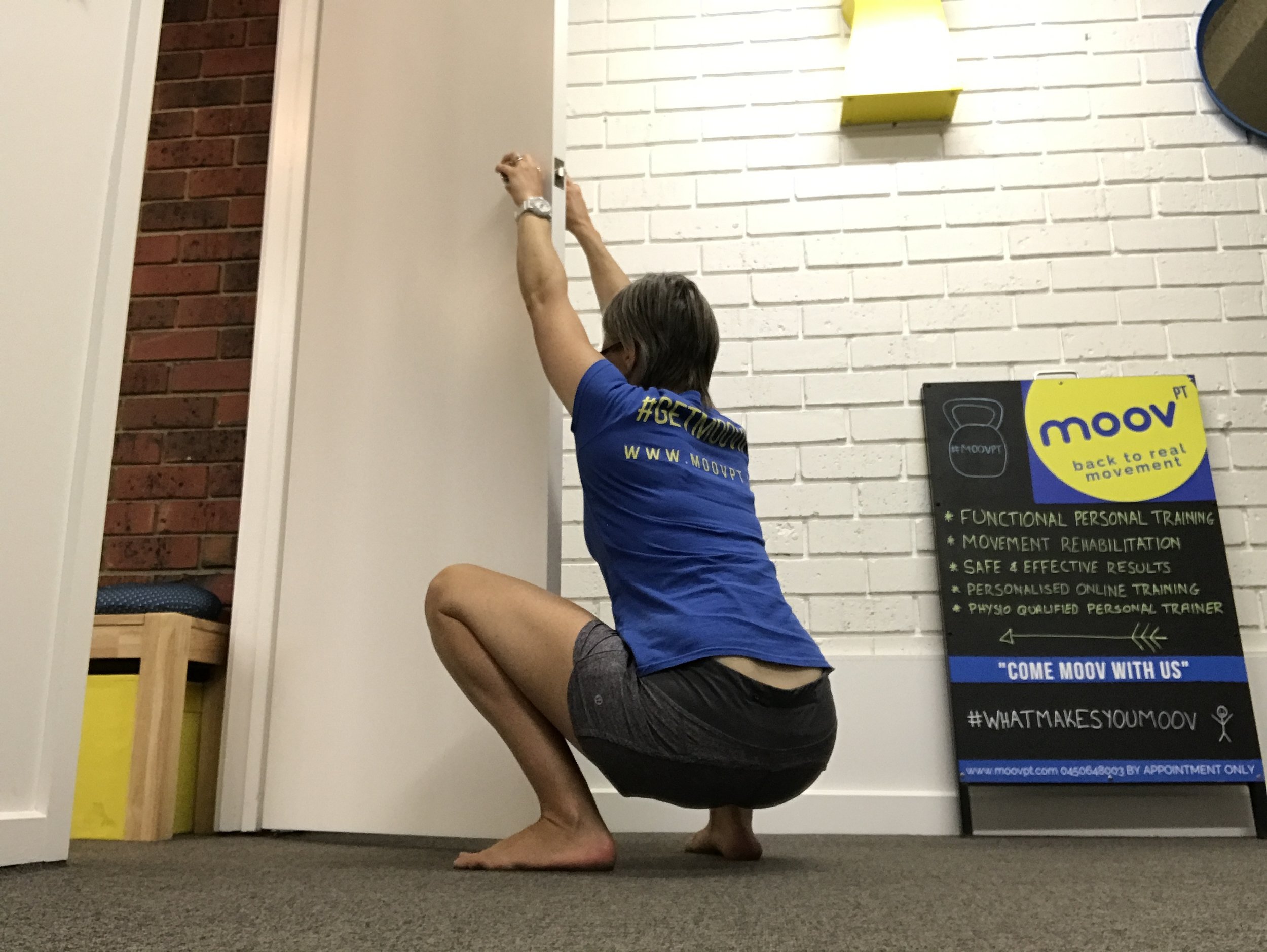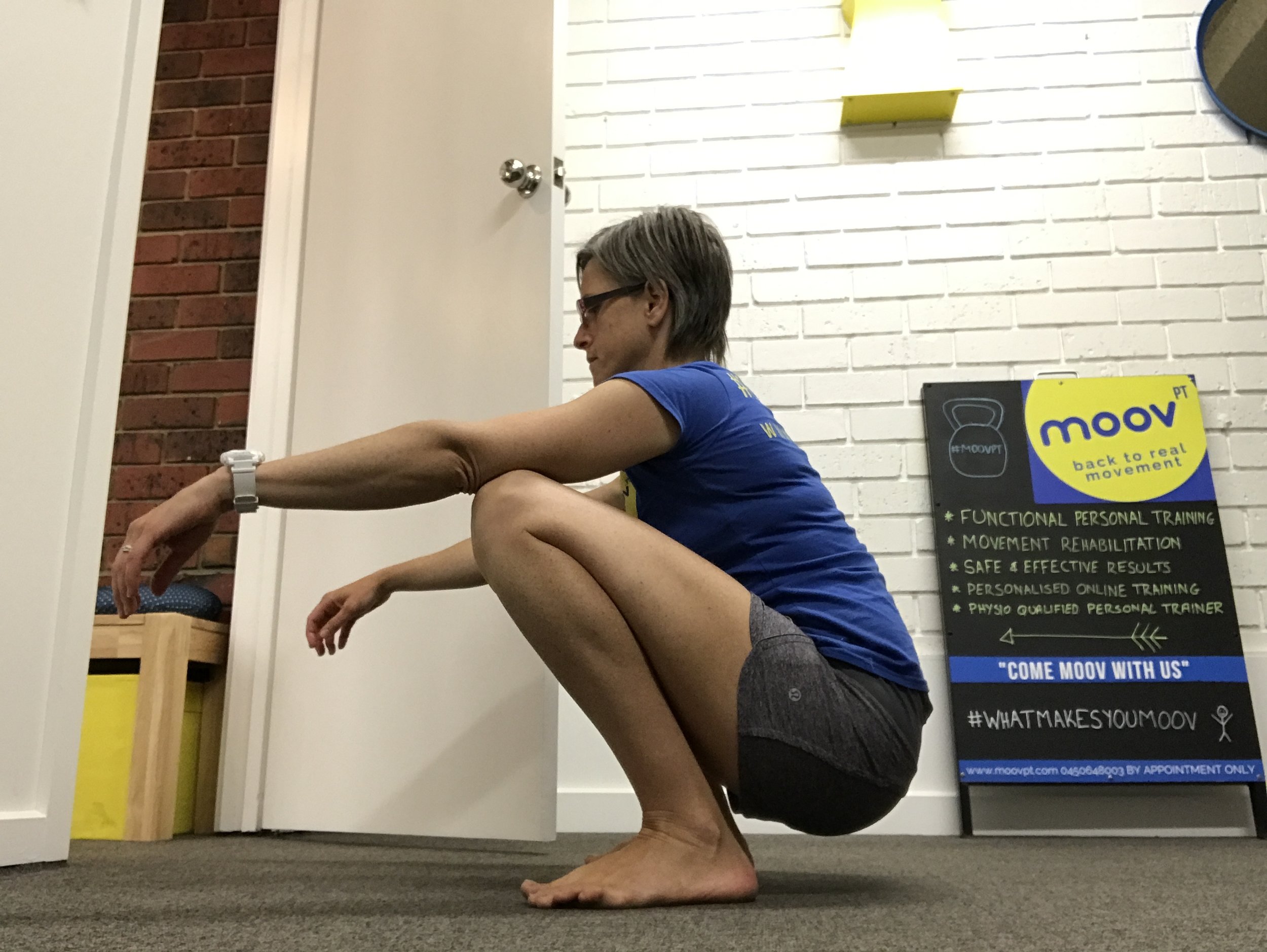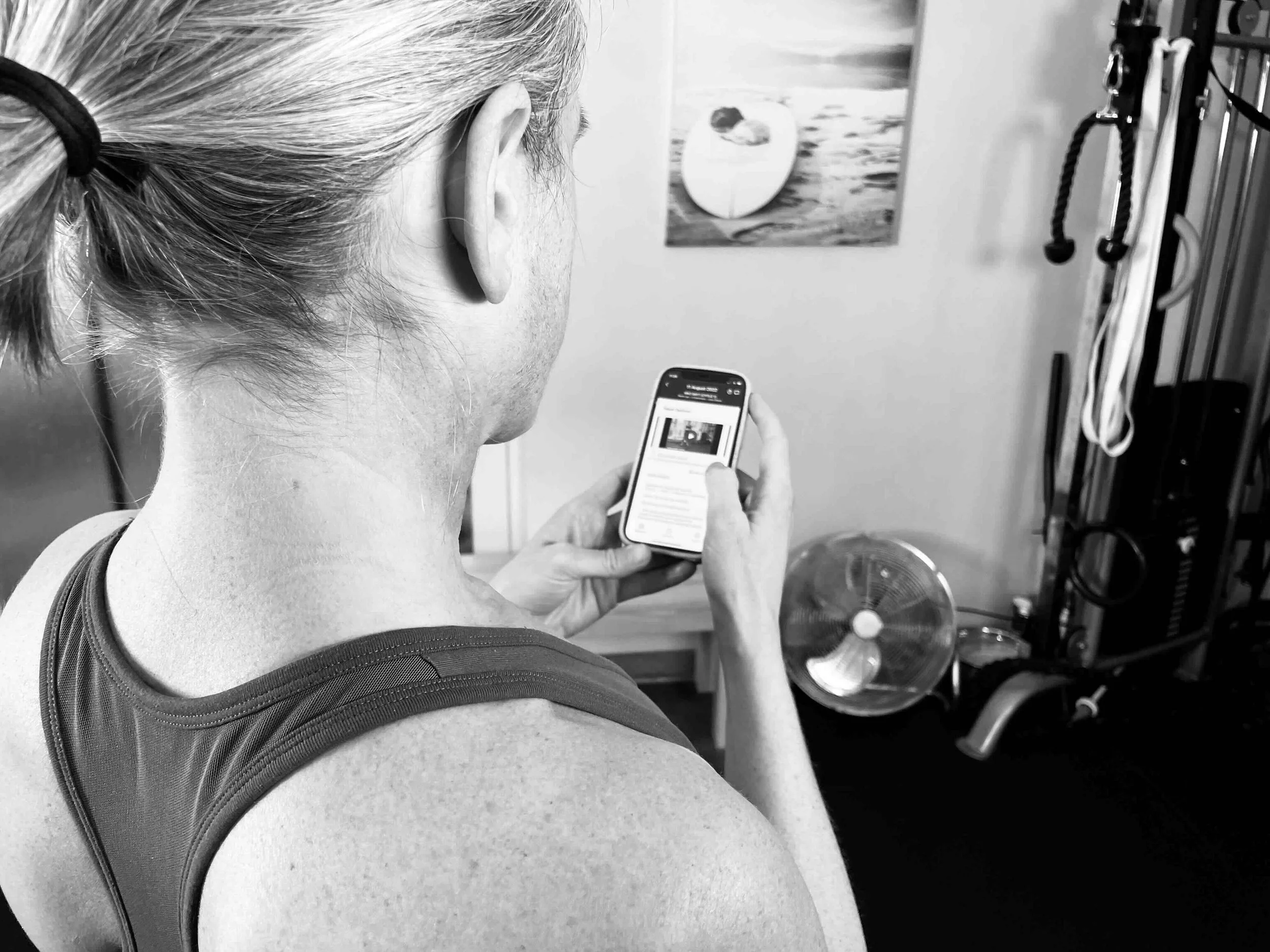Determination and a positive attitude go a long way in life!
Julia is one of our longest-standing clients. Squats were always a tough movement for her. When she first started training with us we did them up against the wall with her back on a fitball. Due to her Right-sided Cerebral Palsy, her Right heel would always lift off the ground as she lowered into a squat. Her squat depth was usually only to 90 degrees (hips level with knees).
Slowly, we have progressed to the rings for support and worked more on depth, now Julia is able to do deep squats using the "TRX" and her heel no longer lifts up. Movement at the Right ankle is much freer and her hips allow her to lower deeper into the squat!
Any movement you may be struggling with now, can get easier with time. You just have to stick at it and put in the hard yards!








